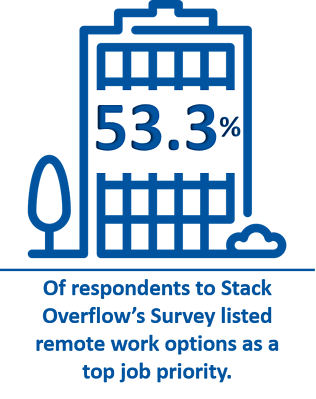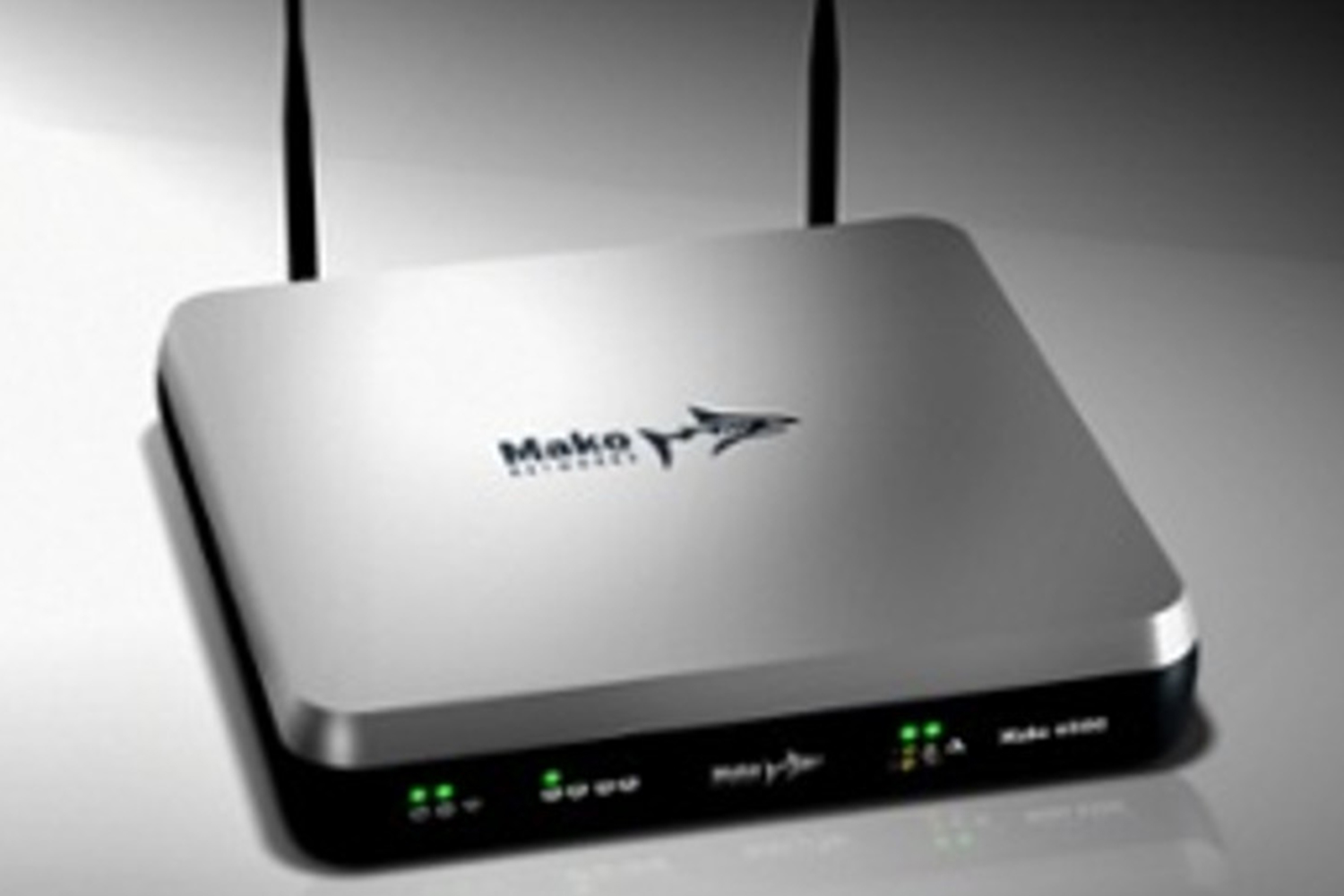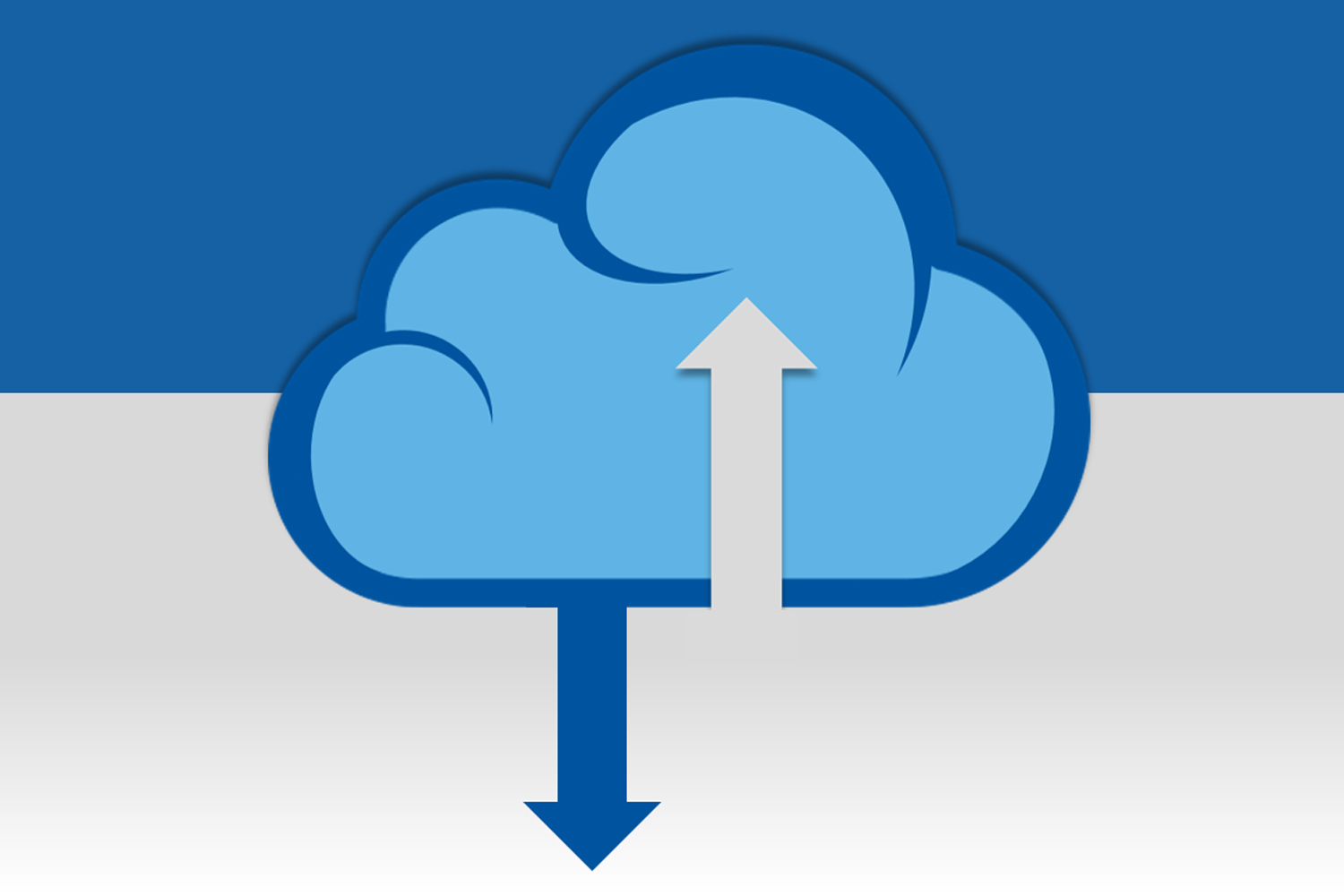Want to Attract the Best New Hire Candidates Out There? Consider Offering Remote Work Opportunities

For many businesses, hiring is becoming more and more difficult. Why? Many companies are finding lower application rates for open positions. When applicants do apply, many demonstrate a lack of needed work experience. Combined with competition from other employers, these issues mean that finding talent is only getting harder. No matter what’s going on in the job market, your company still needs to find the best candidates. What can you change in your hiring practices and company policies to attract them? For some companies, the answer is to offer job perks that applicants are looking for. Remote working is one of the most coveted job perks out there.
Widen Your Hiring Pool with Remote Work Opportunities
Today’s job market is tight, with many cities nationwide facing a labor shortage. Cities like Atlanta, Denver, Houston, Chicago, and New York City are all affected, which is leading to a skills gap that makes it increasingly difficult to find applicants and fill positions with qualified candidates. For instance, the hiring rate in the government, education, and non-profit sectors is down by 4.1% from January 2017. Hiring in the Architecture and Engineering sector is down 5.7% from January 2017.
Hiring companies can combat labor shortages like these by offering remote positions. For the hiring company, offering remote work positions widens the pool of candidates. Instead of looking in a singular city for the ideal candidate, recruiters can look nationwide, or even worldwide. This means that they are able to look for the most highly-qualified candidate that is the best fit for the role and company. Offering remote work positions not only makes you more attractive to skilled workers, it also expands the job pool of candidates you can pull from.

To put the advantage of hiring remote workers into context, consider the labor shortage in Denver, Colorado. In years past, there were six unemployed workers for every one job opening. Today, with three million workers in Denver, the ratio of unemployed workers to open jobs is one to one. And because of this labor shortage, employers are more willing to accept applicants that they might have passed on before. But what if you want the right person in the position, the first time? Instead of rolling the dice and wasting time and resources on the few applicants that are available in Denver, your company could open the role up nationwide, providing your company with a significantly larger talent pool.
Defining the Desire for Remote Work Positions
Just how attractive are remote opportunities to applicants? 53.3% of respondents to Stack Overflow’s Survey listed remote work options as a top job priority during a job hunt. And a Global Workplace Analytics survey found that “Two-thirds of people want to work from home, and 36% would choose that option over a pay raise.” That level of interest can improve your hiring dramatically.


So why is the desire for remote jobs so high? For many applicants, remote jobs are attractive because of the work life balance it affords. A study conducted by the Sloan Center on Aging & Work at Boston College discovered that working remote can benefit worker health both mentally and physically. They found that working from home can reduce work-related stress and improve overall well-being and health. They also found that employees without flexible work opportunities are more likely to have low work-family balance and are likely to have elevated cardiovascular disease risks.
Providing a Communications Toolset To Remote Workers
If your company decides to allow remote workers, it is pivotal to provide all of your employees with communication tools to stay productive. Communication is difficult in any company, and can increase in difficulty if employees aren’t provided with the best means of communication. “Communication tool” is an umbrella term- what do you really need to offer your remote and onsite employees to guarantee that they can stay in touch, productive, and happy?
Improved Unified Communications and Collaboration
Providing employees with truly unified communications (UC) and collaboration will help build the foundation of communication for your remote workers and business as a whole. UC tools provide all of your communications from a single platform, allowing employees to select the best communication medium for their personality and the circumstance. UC tools typically include audio calls, instant messaging/chat, video calls, and conferencing from a single platform. Companies with more robust platforms are also able to offer email, fax, SMS, and more. Some companies, such as 8×8, also allow for collaboration platforms like Twitter, Google Hangouts, Skype, Slack, and more to be integrated into their UC platform, completing their communications loop. All of these communications can be logged to keep record. While all of these features can be purchased ad hoc, companies benefit by offering them through a single platform. Utilizing UC requires training on only one platform (instead of hours wasted learning several platforms) and provides a consistent navigation, look, and feel to users. In addition, users will only have to navigate to one location to use their communications tools, refer back to conversations, and access recordings, further increasing their productivity.
Visibility into Other Workers
When you’re in office it’s easy to see if your co-workers are available or in a meeting. One road block for remote workers is that they are unable to see their co-worker’s physical availability. When selecting a communications tool for your remote workers, make sure to review worker visibility. Is there an alert for both the app, website, and phone that someone is busy? Can users see if they are away, busy, or should not be disturbed? With visibility applications, remote workers can see who is available and who isn’t, in some cases even faster than someone onsite!8×8 and Mitel MiCollab have both worked to provide visibility to their users by allowing them to access all of their communications and project management tools from one place. Integrations between email, team collaboration, and more allow employees to have visibility into their coworkers availability no matter where they are, and access the resources they need from any location. Email Vertical at vmarketing@vertical.com to learn how 8×8 or Mitel can improve productivity at your company.
Non-Real-Time Modes of Communication
How will your remote employees communicate with each other when they aren’t available? To increase productivity, provide team collaboration tools, such as Slack, Microsoft Teams, MiCollab, or 8×8 Sameroom. These tools provide workers with persistent channels and virtual rooms to work in. Using these channels and rooms as a tool, coworkers can send communications whether or not their co-worker is available. The recipient doesn’t have to respond in real-time; whether it is 5 minutes later or 6 hours, users are able to communicate with each other on their own schedules. In fact, studies have shown that companies who use team collaboration are 5X more likely to be high-performing. It’s important that throughout all means of communications, employees are able to easily move from one form of communication to another without difficulty. Integrating your team collaboration platform with your communications tool helps move conversations from one mode to another. If a conversation starts as a chat, the system should easily be able to escalate to the next line of communication such as a 1:1 voice call or an interactive video call. If the conversation requires additional input, the chat should be able to expand to a group discussion, or even to a group meeting with video and content sharing. Any roadblocks that users experience will lessen their productivity and future use of the communication tool you’re providing. Companies like 8×8 provide a variety of integrations and Vertical can help build an integration if yours isn’t already supported.
Reliable Communications Solutions
For remote workers to stay engaged with their role and with the communications tools you deliver to them, it is pivotal that their communications always be available for their use. For them, a communications system is a critical tool. It allows them to interact with their coworkers no matter when they’re working, directly impacts their productivity, and alleviates potential isolation. Many remote workers work longer hours, extending past the traditional hours of 8 to 5. Any scheduled outages or maintenance windows will impact their productivity. In the event that your communications are down or out, your remote employees will be isolated and unable to communicate to discover what’s occurring or to get their tasks done. With a remote workforce, the right communications solution and design will guarantee that your company’s communications are always up, even in the event of extreme weather or disaster. Make sure to select a solution that has no scheduled downtimes, and built-in several layers of redundancy. For instance, 8×8 has 15 data centers worldwide, to ensure that when a disaster strikes, their customer’s communications center can failover to the nearest data center. This means that no matter what occurs, their communications always stay up and running.
The Vertical Difference
Is your company already remote or considering offering remote positions? Vertical Communications can help set you up for success. As the only company that delivers design, implementation, service, and support on all of the communication systems they offer, Vertical’s focus is finding the best communication solution for your unique business needs. Once Vertical has helped determine the best solution, they use their award-winning design, implementation, service, and support to guarantee that your communication always stays up and running.



